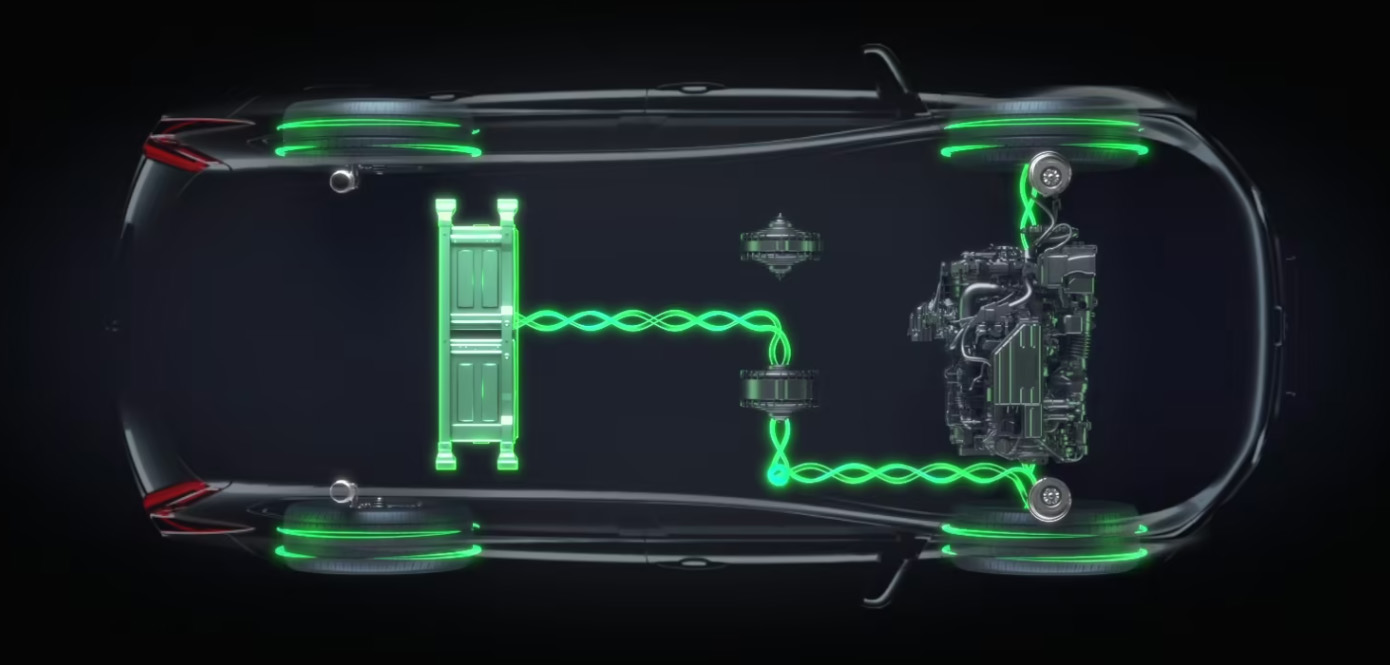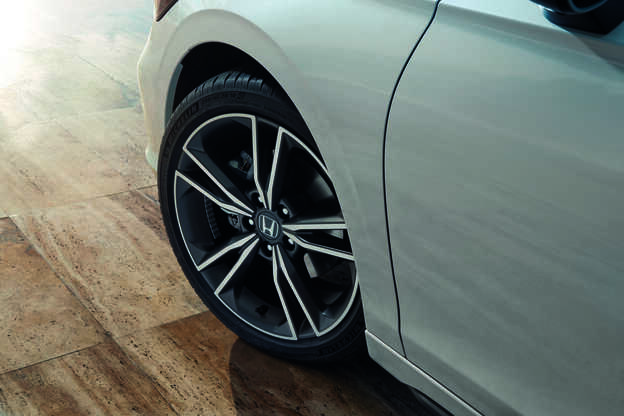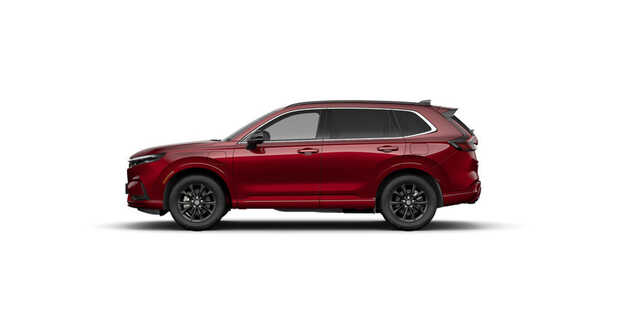Want to understand what type of hybrid car is right for you but are confused by the jargon? You’re in the right place. We’ll explain the key types of hybrid vehicles – how each one works, and how it is different to the others. So, whether you opt for a mild hybrid or a full hybrid, you can explore this new world with confidence.
What is a hybrid car?

Hybrid vehicles get their energy from two different sources – petrol and electricity. They have a regular combustion engine and a battery. They’re not to be confused with electric cars (EVs). Or purely petrol cars either, for that matter.
Types of hybrid cars
Mild Hybrids
A mild hybrid is the one most like a traditional petrol car. To drive, it will feel much like one. When you turn the ignition and press the accelerator, it’s the engine and gearbox propelling you forward. Not the small electric battery. The battery’s only job in a mild hybrid is to help support the engine. It cannot power the car on its own. Unlike a full hybrid, power isn’t delivered to the car’s wheel. A mild hybrid uses slightly less fuel than a petrol car.
Full Hybrids
A full hybrid is more different to a traditional petrol car. Unlike the mild hybrid, it is powered by both a petrol engine and an electric battery. Power is delivered directly to the wheels. Full hybrids can run on either the engine or the battery, but more commonly on the two working together. When driving by electric-only, it’s generally for short distances and at low speeds. This means full hybrids may use less fuel than conventional petrol cars, especially during city driving.
Plug-in Hybrids
A plug-in hybrid looks and feels like a full hybrid car. It’s powered by both the engine and the battery, independently or together. And the power goes directly to the wheels. So, what’s the big difference? The battery is bigger, and you can charge it at an EV (electric vehicle) charging point. So, you can drive further in electric-only mode. And when the battery runs low, the petrol engine seamlessly takes control. Because you can drive for longer in electric-only mode, plug-in hybrids can reduce your petrol use—especially on shorter daily trips.

What are the differences between full hybrids and plug-in hybrids?
Full hybrids and plug-in hybrids have much in common. But there are some key differences to understand as well.
How they are powered
Both hybrid types are powered by a combination of a petrol engine and an electric battery and can switch between them. Full hybrids have a smaller battery that charges itself. Plug-in hybrids have a larger battery that you plug into an EV charging point.
Electric-only driving range
In a full hybrid, you can only drive short distances and at low speeds as the small battery soon runs out of charge. With a plug-in hybrid, you can drive between 30 and 60 km on electric power alone thanks to its larger battery.
Charging requirements
You cannot plug a full hybrid into an EV charging point. The small battery is charged internally by the electric motor. To charge a plug-in hybrid battery, you plug it into an EV charging point.

Fuel efficiency and costs
Full hybrids use less petrol in stop-start conditions. This makes them great for city traffic. But plug-in hybrids can drive for up to 37 miles in electric-only mode, without using any petrol. This can help lower your fuel costs—especially if you regularly drive shorter distances in electric mode. Full hybrids generally cost less up front. Plug-in hybrids tend to cost more.
Suitability for different drivers
Full hybrids are ideal for those without access to an EV charger, who want to make short trips in town. Plug-in hybrids are ideal for drivers who want to travel further on electric-only power.
Related reading
Honda Hybrid Range Overview
05.09.25
What is regenerative braking and how does it work?

14.04.25
Why choose a Honda hybrid SUV?

09.04.25
Are hybrid cars worth it?

27.03.24
Holidays Are Coming: How To Drive Safely This Summer

26.03.24
The Honda CR-V: a perfect companion to any caravanning staycation

25.03.24
How good is your Highway Code knowledge?

